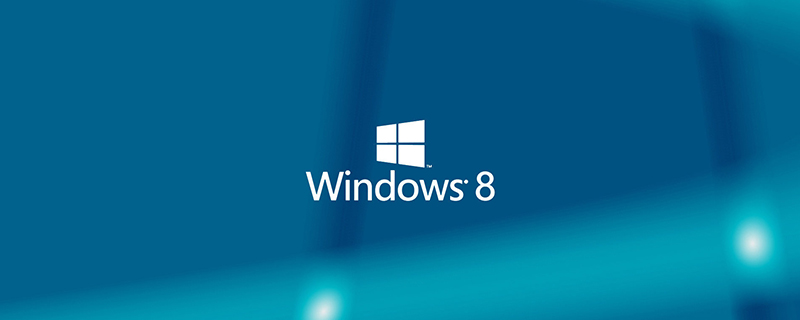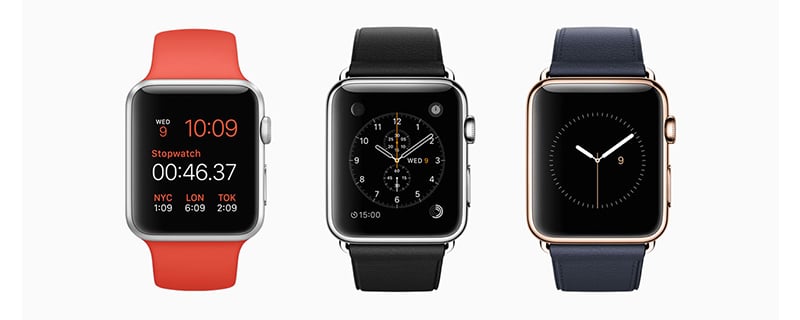Windows 8 has been rolled out for some time but most people still have to get used to it: the interface looks completely different and some options are hard to find.
I will show you the way to six hidden or little-known but handy features.
1. Auto Start
In Windows 7, when you made a short cut to a program in the Start-Up folder, the application would automatically run when you start up your computer..
In Windows 8, there is no Start-Up menu anymore, but you get the same effect as follows: Open the Desktop, press the Hotkey Win +R and type: %AppData%MicrosoftWindowsStart MenuProgramsStartup and press enter. Any shortcuts in this folder automatically start with Windows.
2. Starting Without a Login
If you are the only user you might find it bothersome that you have to log in for each new Windows 8-session.
You can actually start Windows automatically.
Go to the desktop, press Win + R and type the command: netplwiz. Here you will just have to remove the check mark from “Users must enter a user name and password”. Confirm with OK and enter your log-in ID.
Update: This option might give you problems when shopping in the market place. (tip by John van der Heijden) But I don’t know all the fine details on that matter.
Changed your mind? To re-enable the log-in screen, simply return to the User Accounts Control Panel using the steps above and click on the check-box for the “Users must enter a user name and password to use this computer” option.
3. Faster Loading
One of the main causes of a slow starting Windows 8 is that there are too many programs that come with the Windows Start-Up.
You can disable some of these in Windows 8 like this: Press Ctrl + Shift + Esc to start the Windows Task Manager. On the Start-Up tab you will find the automatic Start-Up programs back and in the column “Start -Up Impact” you will see what the impact is of applications running on your device and its Start-Up process.
Click with your right mouse button on an application to (temporarily) disable it.
4. Restore the Start Menu In Windows 8
 Despite many protests from users, Microsoft has removed the familiar Windows 8 Start-Up menu. With the help of Start8 (– 30 days free, after that $4,99) you can get it back! If you wish so, this program can ensure that you immediately restart to the desktop.
Despite many protests from users, Microsoft has removed the familiar Windows 8 Start-Up menu. With the help of Start8 (– 30 days free, after that $4,99) you can get it back! If you wish so, this program can ensure that you immediately restart to the desktop.
A free alternative is Startmenu8. This tool is still in beta and looks slightly less ‘polished’.
5. Automatic Maintenance
Windows 8 provides a fully automatic maintenance of your system.
It concerns in particular tasks such as software updates, security scans and system diagnostics.
To plan this maintenance schedule, just follow the leader: Go to the Windows Control Panel, click System and Security, Action Center. In the Maintenance section, click Change Settings and Maintenance, specify at what time of day you would like to perform such maintenance.
6. Hardware Problems
Having Problems with your system? and are they caused by some piece of hardware? In Windows 8 you will be able to track down every error message associated with a problematic device.
Use the hot key Win + X to start the Device Manager. Right-click the ‘”suspicious” device, select Properties and open the new Events tab. You will get an overview of the Windows logs that are related to the device.
There is a good chance that these will be useful to help you further along!
Finally…
Technically, Windows 8 is a big improvement over Windows 7, besides the new interface, it contains plenty of new features and improvements. In addition, the operating system starts much faster and has less stringent requirements on the hardware.
The visual elements though, they may come at the expense of usability. There luckily is a way to get over that, provided one is willing to learn new habits and/or install an alternative start menu.
Thanks to such workarounds, a production focused desktop user can also quickly and efficiently work with Windows 8.
Check this post for playing and watching videos in Windows 8.
Please leave your clever comments below.






Martin Diesveld
on 26 Feb 2013Rebekka Deforce
on 26 Feb 2013